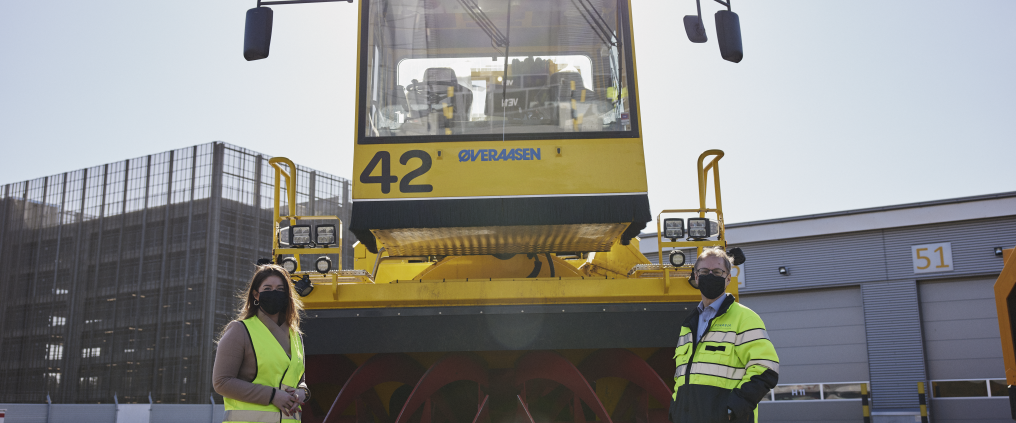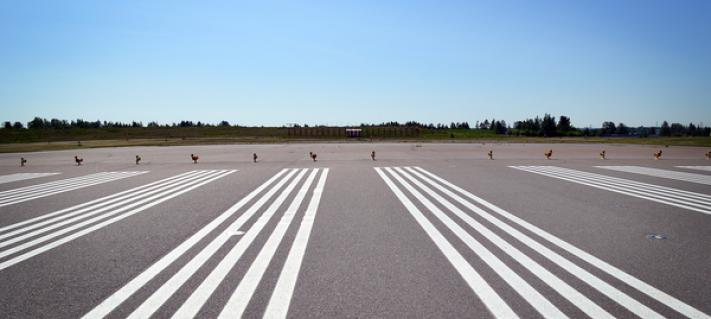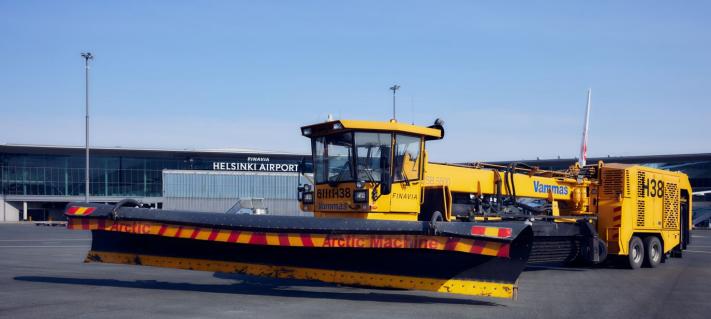In 2008, the entire aviation industry, coordinated by Air Transport Action Group (ATAG), called for a global, sector-wide climate action framework to reduce emissions by 50% by 2050, when compared to 2005 emissions.
“When the air traffic industry started talking about carbon emissions and the climate, airports were the first to react. In 2009, Airports Council International Europe (ACI/E) created a carbon reduction program, which details how airports can reduce emissions,” says Mikko Viinikainen, VP Sustainability and Environment at Finavia.
In the past decade and throughout the pandemic, Finavia, the Finnish airport company managing and developing the country’s major airports, has worked towards net zero emissions.
“Today, Finavia’s operations at all of its 21 airports, including Helsinki Airport, is carbon neutral.”
Viinikainen said that Finavia airports have been at the forefront of reducing carbon emissions.
“At Finavia we have improved energy efficiency, sourced electricity from wind power only, created our own solar power production, and half of our airports’ heating is powered by renewables. The diesel we use is Neste MY Renewable Diesel, which reduces vehicles’ life cycle greenhouse gas emissions by up to 90%* compared to fossil diesel. All the residual emissions have been compensated via the voluntary carbon market.”
Accelerating the journey towards net zero
Finavia first started using Neste MY Renewable Diesel in 2017 at Helsinki Airport and a year later expanded to Lapland Airports.
Viinikainen says that a switch to renewable diesel made all the difference for Finavia.
“This was our first step with Neste towards reducing carbon emissions at Finavia. It was also the only way to reduce emissions of our diesel-based vehicles.”
While Finavia’s operations are carbon neutral, this isn’t enough, according to Viinikainen. The conversation changed in 2018 when IPCC released its alarming “Global Warming of 1,5 °C” special report. In June 2019, Finavia signed a commitment with Airports Council International on reaching net zero emissions by 2050, but Viinikainen believes the goal can be reached sooner.
“Finavia wants to reduce its emissions to the extent of capturing emissions from the atmosphere.”
As a new and bold step towards zero emissions, Finavia recently started using Neste MY Non Road Diesel™, a completely new renewable solution, which Neste brought to the Finnish market in the beginning of 2021.
“We continue using Neste MY Renewable Diesel. But what is new and significant ‒ since two thirds of vehicle emissions come from heavy work machines that use engine fuel oil ‒ we have started to reduce also their greenhouse gas emissions by using Neste MY Non Road Diesel.”
For Viinikainen, this is an important step in continuing Finavia’s journey towards net zero emissions.
“For us this is a significant step as otherwise it would be extremely difficult to reduce emissions from extra heavy-duty airport machines and snow removal equipment.”
Window into the future of airports
The partnership between Neste and Finavia functions as a case study in sustainability and gives an indication of what the future of airports looks like. Finavia is using Neste’s solutions across its airport network, signalling to the world that seemingly ambitious emissions goals are in fact well within reach.
“Since Finavia set its sustainability goals, we have continued to intensify our cooperation. We have developed new joint innovations and taken bold steps together to together meet ambitious climate targets,” said Heidi Peltonen, Team Lead for Sustainable Partnerships at Marketing & Services, Neste.
Peltonen suggests that Finavia’s net zero emissions goals are attainable.
“The focus for all companies aiming to reach net zero should be on utilizing all the available solutions, here and now.”
Airports continue to lead the way
In many ways, the proof is in the pudding when it comes to airports leading the aviation industry’s sustainability efforts. The aviation industry has been in full swing during the pandemic, as shown by Finavia’s efforts to meet net zero emissions goals. The work towards sustainability, however, requires a united front within the entire aviation industry.
“It’s not by chance that airports are leading the air transport industry in meeting new sustainability goals. We have the experience in dealing with environmental concerns, and the actions we are taking now allow us to get very close to zero emissions in the coming years. We want to lead by example and are very pleased that our partners, such as Neste, are working with us towards meeting climate objectives,” Viinikainen concluded.



